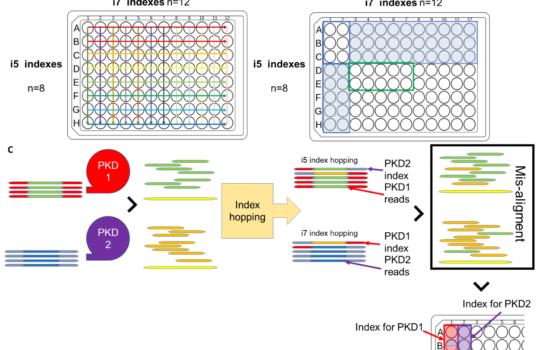Decoding Cell Dissociation: Exploring the Differences Between Trypsin and TrypLE

In the dynamic realm of cell culture, the choice of enzymes for cell dissociation plays a critical role in ensuring successful and efficient processes. Among the key players in this domain are trypsin and TrypLE, both serving the common purpose of detaching adherent cells from culture vessels. Let’s dive into the nuances that set these enzymatic agents apart.
Trypsin: A Classic Cell Culture Workhorse
Derived traditionally from porcine pancreas, trypsin is a well-established enzyme in cell culture. Composed mainly of trypsin, it may include other proteolytic enzymes in its formulation. To activate its enzymatic prowess, trypsin often requires the addition of a calcium-containing buffer.
TrypLE: Innovation in Cell Dissociation
Enter TrypLE – a modified form of trypsin with a modern twist. Typically produced through recombinant DNA technology, TrypLE is designed to be animal-component-free, aligning with the increasing demand for more defined and controlled cell culture environments. This formulation may include additional proteases, such as chymotrypsin, to optimize its dissociation capabilities. Notably, TrypLE often does not necessitate the addition of a calcium-containing buffer for activation.
Choosing Between the Two: Considerations and Applications
The decision between trypsin and TrypLE hinges on various factors. Researchers must weigh the advantages and disadvantages based on their specific needs. Traditionally, trypsin is widely used in standard cell culture protocols. On the other hand, TrypLE shines in applications where an animal-component-free environment is paramount, especially in the production of cells for therapeutic purposes.
Navigating the Cell Culture Landscape with Precision
As the landscape of cell culture evolves, so does the toolbox of enzymatic solutions available to researchers. Whether you opt for the classic reliability of trypsin or the innovative edge of TrypLE, the goal remains constant: achieving efficient and reliable cell dissociation.
Conclusion: A Strategic Choice for Cell Dissociation
In conclusion, the choice between trypsin and TrypLE is not just a matter of preference but a strategic decision influenced by the nature of the cells, downstream applications, and the desire for an animal-component-free environment. Decoding the nuances of these enzymes empowers researchers to navigate the intricate world of cell culture with precision and purpose.







